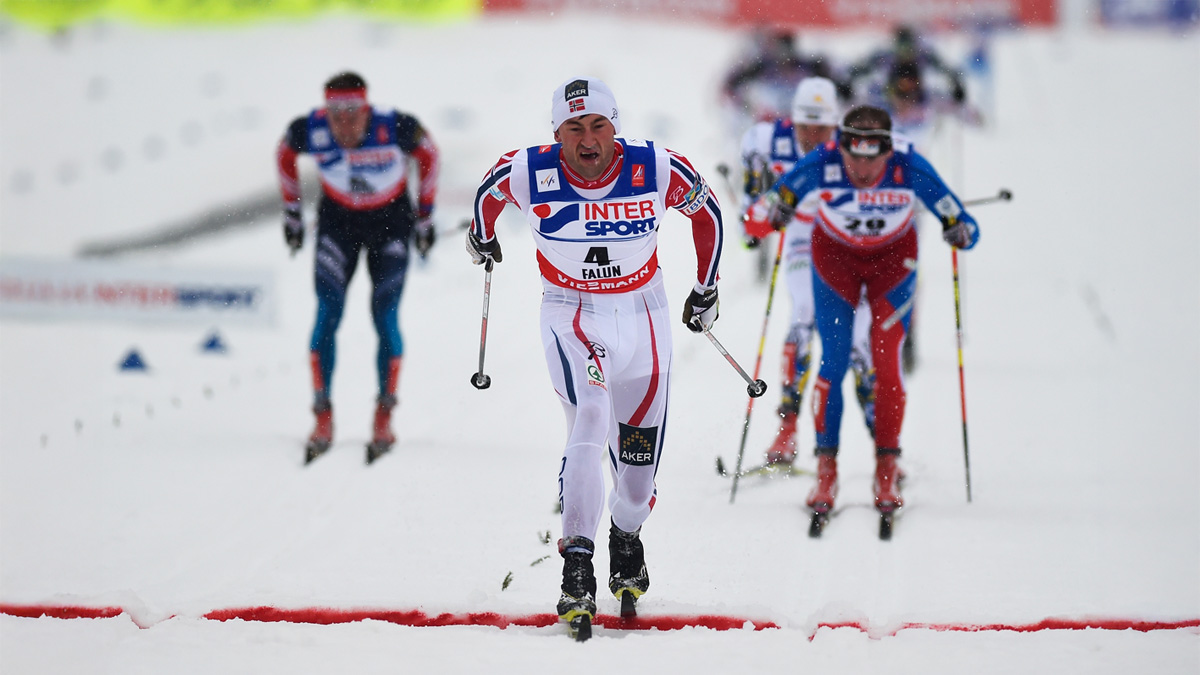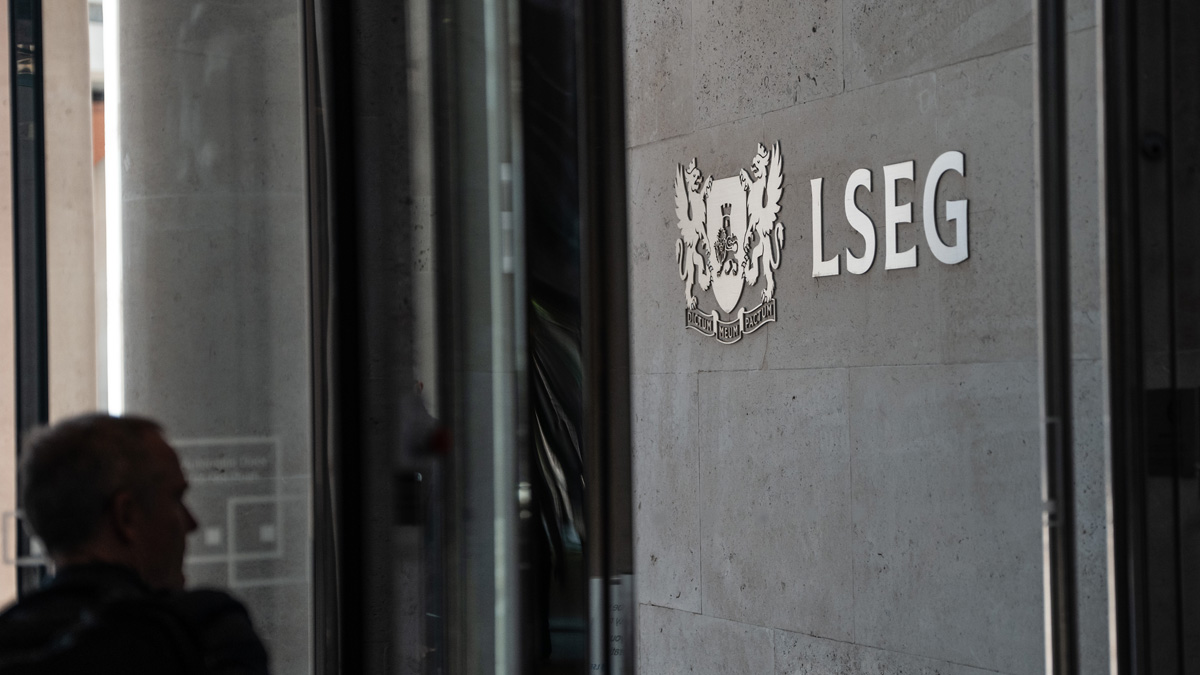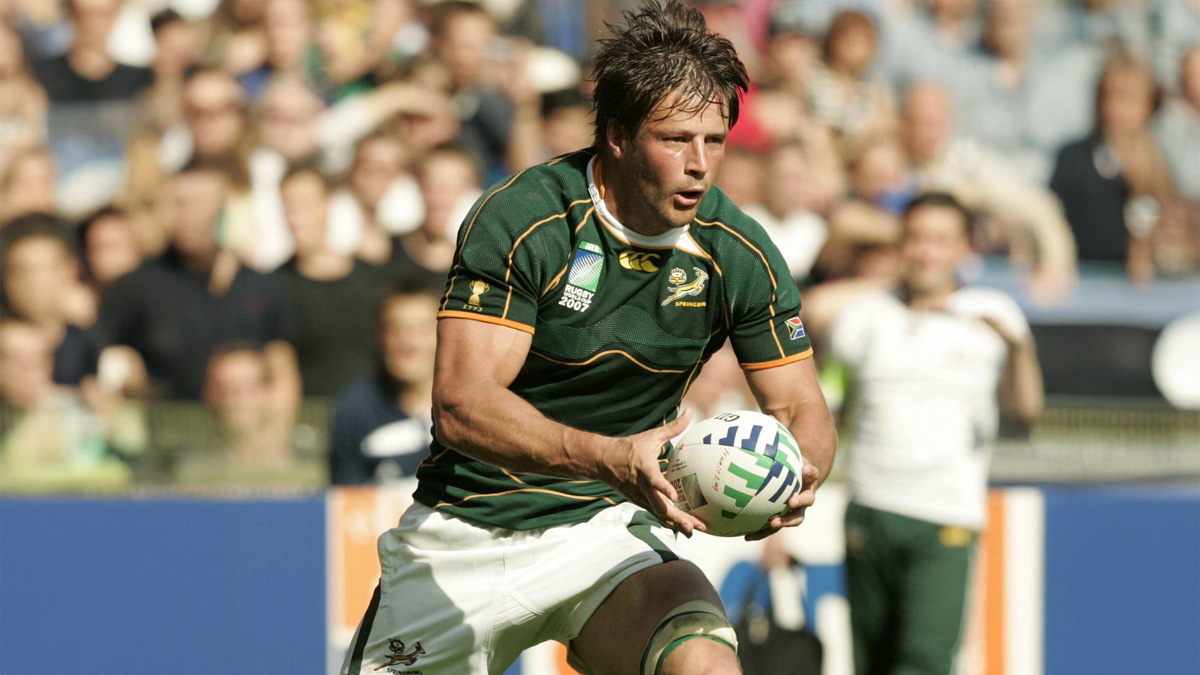
Devolved ownership and empowering your people have been key themes in leadership and performance over the past decade or so, not least when talking about long-term, sustained success. Indeed, one of my most-used mantras when working with senior leaders is to involve people because if they help plan the battle, they won’t battle the plan.
Strategy coach David Lancefield wrote in 2023 on empowering employees to make decisions: “Autonomy is a hallmark of an innovative culture. The ability to make decisions for yourself enhances motivation, which in turn contributes to higher levels of performance and well-being. It also gives leaders more time to focus on the most significant and complex decisions and explore new sources of value creation.”
This helps explain why leadership has been steadily moving since the beginning of this century from old-style command and control to a new focus on direction and clarity. However, as with any significant change, it isn’t always easy to put into practice.
You often have to shift inbuilt habits and beliefs, both from an individual and an organisational perspective. And you must also ensure your people and organisation are set up correctly to cope with and leverage a new focus on ownership and empowerment.
Let’s look at two case studies that illuminate this. The first is the example of the Norwegian cross-country ski team. I came across this story in Owen Slot’s book The Talent Lab. The 2006 Winter Olympics were a disaster for the team. Used to finishing top of the medal table, they came seventh.
Their response was to put together a crack team to try to understand what had changed. The information they discovered was distilled into the ultimate success manual: a book called Den Norske Langrennsboka (The Norwegian Cross-Country Skiing Book). And the result of all this work? A significant turnaround in the team’s fortunes: in 2015, the team won nine of the 12 golds in the cross-country events of the world championships in Falun.
In the spirit of international sharing and collaboration, the Norwegian experts entertained a small group of British Olympic coaches. One of the things they learnt was this: cross-country skiing requires a lot of training and a lot of long distances. This means that 80 per cent of the work is done solo, away from the eyes of the coaches, who have to let their athletes go and who must trust them.
In the Norwegian system now, every young athlete is required to record a training diary. Not only does this mean a significant database and feedback system for the national federation, it also means that the young athletes are encouraged to understand and interpret their own training data.
As Slot says in his book, because cross-country skiers effectively self-train, they are encouraged, as far as possible, to self-coach. But there is evidence that one discriminatory factor between those who are and who are not successful in their ability to do this is the extent to which they take ownership.
This goes to the heart of the issue. We know that allowing a level of ownership in the workplace can drive motivation and better outcomes. With this ownership, though, must come a willingness and desire to accept the consequences. Ownership is both a privilege and a responsibility.
For the budding Norwegian skiers, it’s not just those who are not prepared to take ownership of their training that you want to worry about. It’s also those who are happy to be given ownership and control, and yet are not prepared to take responsibility for the outcomes.
What you want is those who relish the ownership and the responsibility, and are prepared to be accountable for the outcomes, rather than passing the buck back to the coaching staff. For this transfer of ownership to happen, your people need to have the required skills. You need to have invested in building the right organisational capability.
In her book Powerful: Building a culture of freedom and responsibility, Patty McCord, co-creator of the famous Netflix culture deck and chief talent officer at the company from 1998 to 2012, emphasised the importance of anchoring freedom and responsibility with capability.
She shares her approach to helping teams address the challenges ahead of them. The starting point is to imagine that six months from now, you have the most amazing team you have ever assembled. The next step is to write down what the team will be accomplishing in six months’ time that it’s not accomplishing now.
This is where the real magic starts: think about how things are being done differently from the way they are currently. Are people working more cross-functionally? Doing more collaborative problem-solving? Have they developed greater project management skills?
Finally, you must ask: for those different things to be happening, what would people need to know how to do? What kind of skills and experiences would it take for the team to operate in the way you are describing and accomplish the things you will need to do in that future?
And this is the problem that many organisations create: they devolve ownership without making sure their people have the skills to use it properly; without making sure the right systems and processes are in place to facilitate it.
So, what will you do to make sure you get this right? To give your organisation the best chance of long-term, sustained success?
Related and recommended

Years of decline have hollowed out London’s listing market, but founders, banks and ministers are quietly pushing for a revival

Healthcare and income tax require radical reform, but the Budget revealed little ambition to tackle the big issues

Bob Skinstad’s journey from rugby prodigy to business leader is shaped by scrutiny, setbacks and second chances

After a decade as editor-in-chief, Katharine Viner is using her business acumen to reinvent The Guardian

